Name Robert Recorde | Role Physician Fields Mathematician, Physician | |
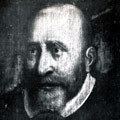 | ||
Institutions University of OxfordRoyal Mint Alma mater University of OxfordUniversity of Cambridge Known for Inventing the "equals" sign (=) Died 1558, London, United Kingdom Books The Whetstone of Witte, The castle of knowledge, The Grounde of Artes: A F, The Pathway to Knowled, The Urinal of Physick | ||
Robert recorde and his invention of the equals sign in 1557
Robert Recorde (c. 1512–1558) was a Welsh physician and mathematician. He invented the "equals" sign (=) and also introduced the pre-existing "plus" sign (+) to English speakers in 1557.
Contents
- Robert recorde and his invention of the equals sign in 1557
- Robert recorde
- Biography
- Publications
- References
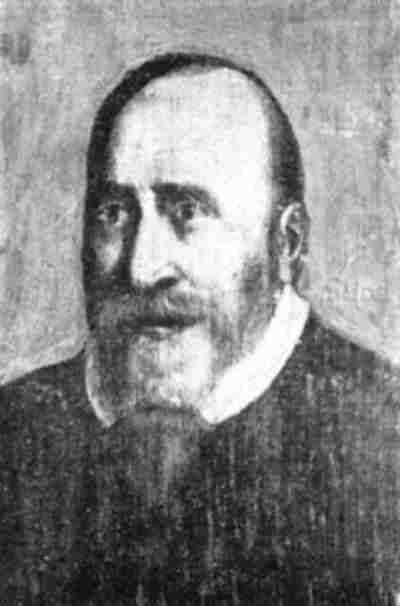
Robert recorde
Biography
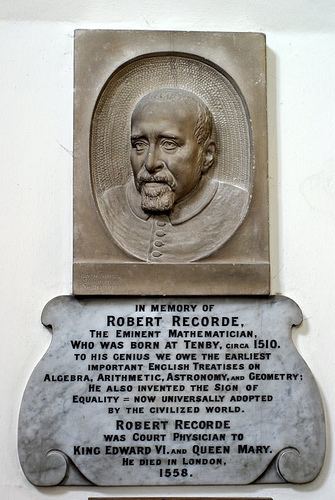
A member of a respectable family of Tenby, Wales, born in 1512, Recorde entered the University of Oxford about 1525, and was elected a Fellow of All Souls College there in 1531. Having adopted medicine as a profession, he went to the University of Cambridge to take the degree of M.D. in 1545. He afterwards returned to Oxford, where he publicly taught mathematics, as he had done prior to going to Cambridge. It appears that he afterwards went to London, and acted as physician to King Edward VI and to Queen Mary, to whom some of his books are dedicated. He was also controller of the Royal Mint and served as "Comptroller of Mines and Monies" in Ireland. After being sued for defamation by a political enemy, he was arrested for debt and died in the King's Bench Prison, Southwark, by the middle of June 1558.
Publications
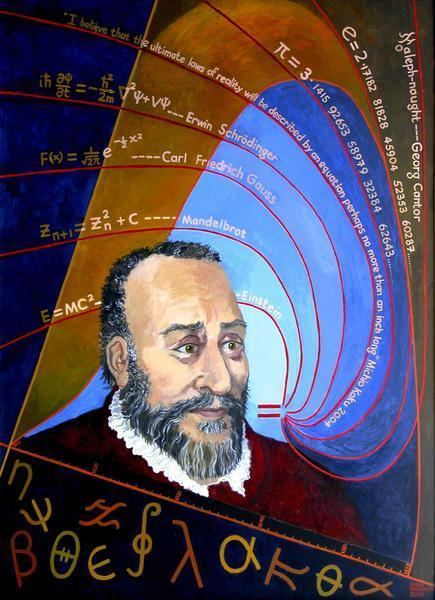
Recorde published several works upon mathematical and medical subjects, chiefly in the form of dialogue between master and scholar, such as the following:
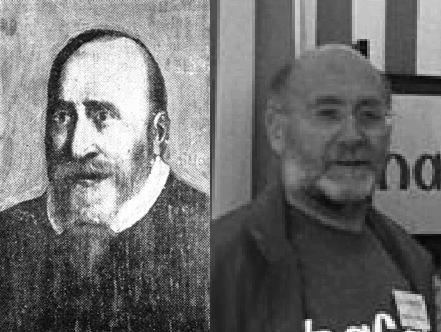
Several books whose authors are unknown have been attributed to him: Cosmographiae isagoge, De Arte faciendi Horologium and De Usu Globorum et de Statu temporum.
